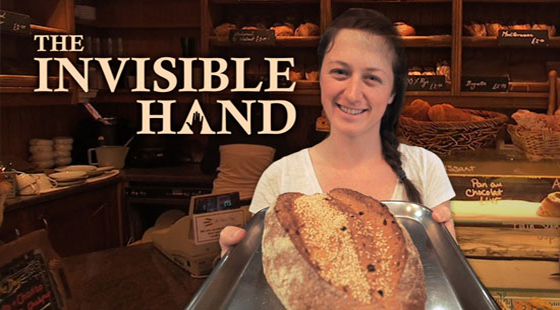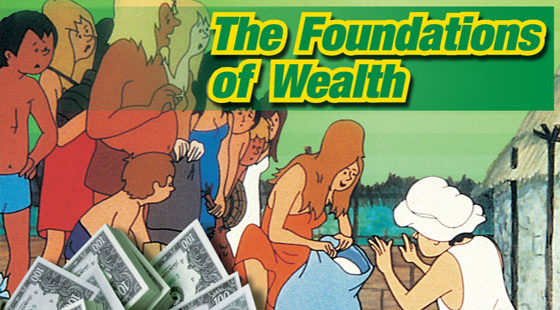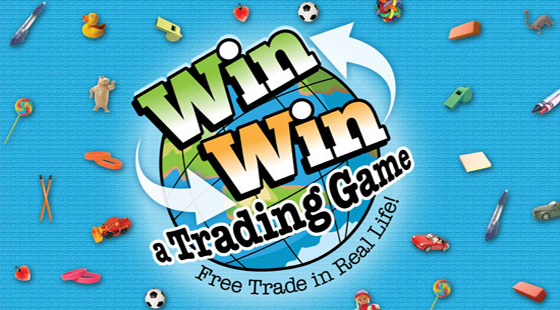The Price System
Format: DVD | Streaming | Download
Length:
12:45
Grade Level: 6-10
Closed Captioned:
Streaming/DVD: English
TweetDoes cooperation improve your life?
In Part I, two high school students are researching their homework online when they come across a lecture on free market economy given by Nobel Prize winner Milton Friedman. Friedman uses "I, Pencil," a short story by Leonard Read, to explain how a free-market economy operates, stating there is nobody in the world who knows how to make a pencil. He explains that thousands of people worldwide manufacture the various components of a pencil. For example, the wood comes from United States, the graphite from South America, rubber from Malaysia, etc. And even though these people do not speak the same language and have very different backgrounds, they are able to cooperate peacefully to produce a pencil. The transaction is voluntary, has no central control and all parties involved are able to benefit.
Part II focuses on the mechanism that makes a free-market economy so successful: The Price System. Milton explores how The Price System has enabled the United States to develop. For example, producers use it to note a change in demand of product by taking cues from price fluctuations. The higher profit margins serve as an incentive to produce more and indicate which mode of distribution to use for the product. Because of this, people around the world "some who may have never even seen or used a pencil" know to produce more of the component of the pencil in which they specialize. Milton concludes that in this way, millions of people are able to cooperate peacefully on a daily basis.






